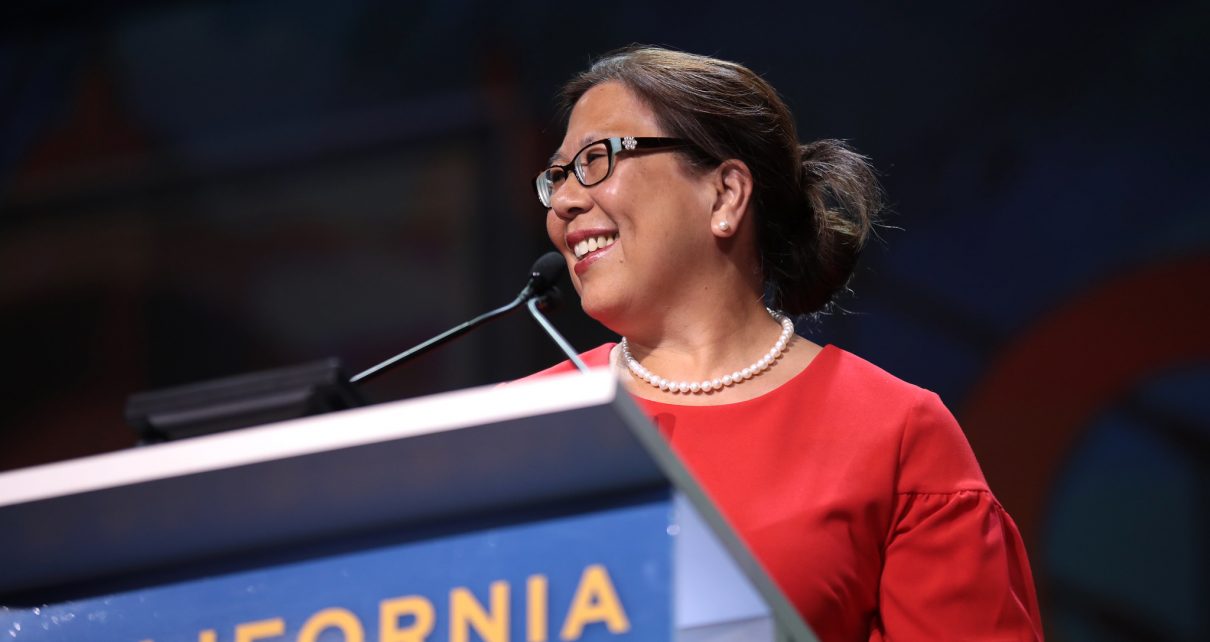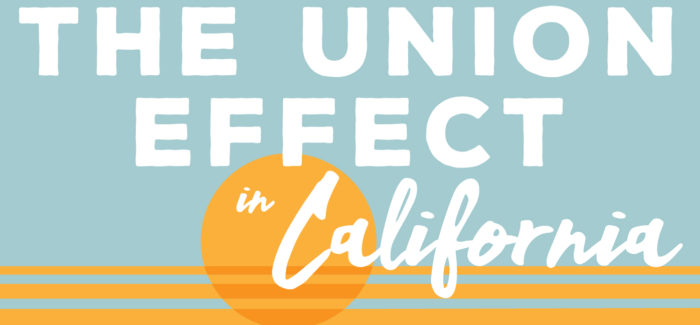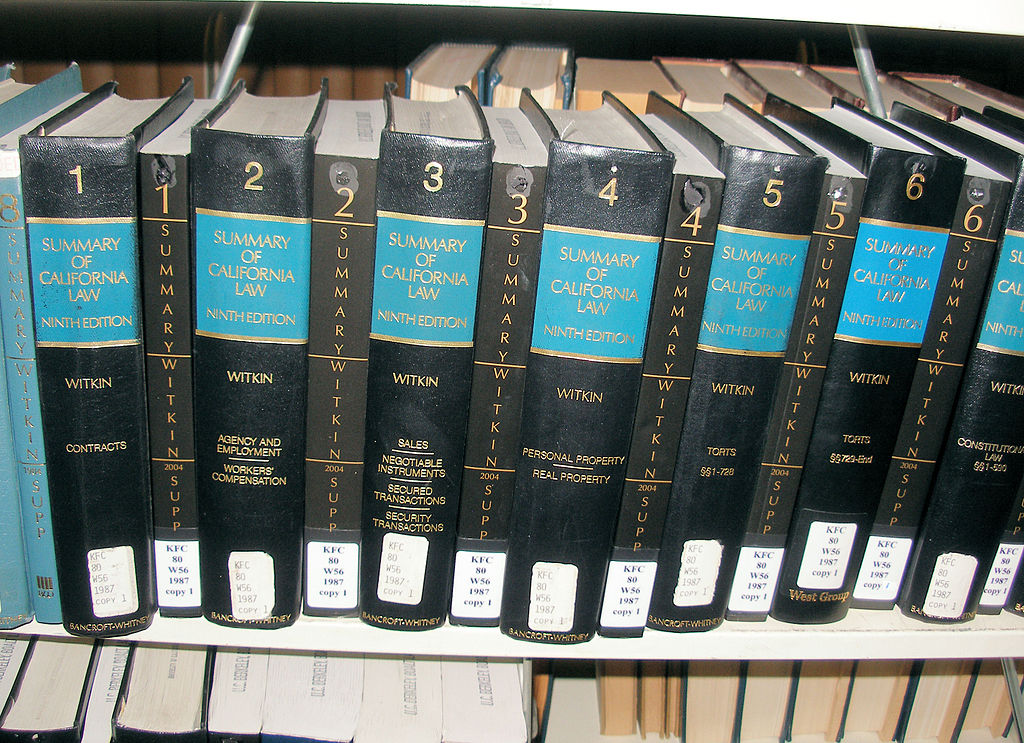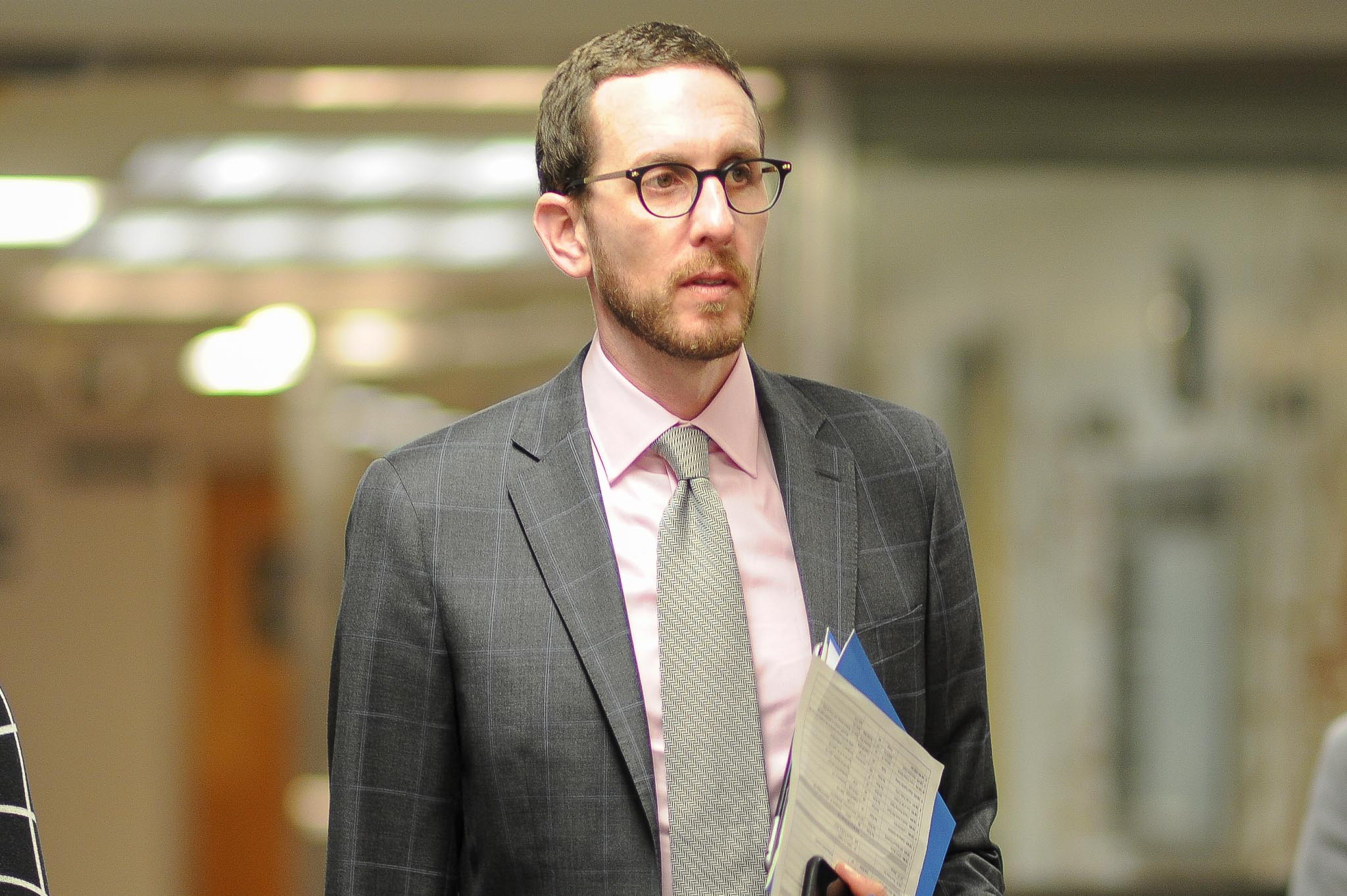
State Controller Betty Yee addressing the 2019 California Democratic Party State Convention at the George R. Moscone Convention Center in San Francisco, June 1, 2019. (Photo: Gage Skidmore)
California’s Bureaucracies Fail to Submit Timely Financial Data
This means that any in-depth detailed financial information about the State of California is well over a year out of date
By Edward Ring, February 17, 2021 3:02 am
With Californians about to enter their second year of restricted economic activity, and with all the resulting financial anxiety and hardship, it’s unfortunate that accurate and timely financial information isn’t available for the vast public sector. While public sector budgets and projections abound, actual audited financial data for recently completed fiscal years is subject to unnecessary months, if not years, of delay.
One of the few areas of excellence in California’s vast public sector bureaucracies is its public pay database. Initiated under former California State Controller John Chiang and continued by Controller Betty Yee who replaced Chiang in 2015, this “Government Compensation in California” website offers an unvarnished and detailed look into how much we pay our public servants. That’s a look worth having, especially for 2020, a year that saw private sector workers and small business owners watch their income and wealth slip away. But don’t hold your breath.
The raw data the state controller makes available can be sorted by agency, it includes a record for every full or part-time state or local public employee, and for each record there is considerable detail, including base pay, overtime pay, “other” pay, deferred pay, health insurance, pension fund contributions, and more. To be sure, the data isn’t perfectly consistent or complete. Pension fund contributions may or may not include the payments to reduce the unfunded liability, despite the fact that the unfunded pension payment is now usually twice as much, or more, than the so-called normal pension contribution. The data also doesn’t include the cost of pre-funding retirement health insurance benefits, or include any attempt to put a value on the unusually generous paid vacation, personal, and “9/80” (salaried professionals that work 9 hours a day for 9 days, then take every 10th day off with pay) benefits afforded California’s public servants. Nonetheless, it is an extraordinary window into the biggest line item expense in California’s state and local governments, personnel costs.
Using this data, which is updated yearly, the California Policy Center produced a series of summary reports in 2020, showing average pay and benefits for various classes of full-time public employees in 2019. In July they produced an analysis of City and County worker pay, and in November, when that data came available, they produced an analysis of State worker pay. But what about California’s system of K-12 public education?
It turns out, as disclosed on the state controller’s summary page for K-12 payroll data, only 26 percent of the school districts have reported so far for 2019. This compares to 481 cities reported (there are only 482 cities in California, that’s 99.8 percent reporting), and 57 counties reported (that’s all of them, the “city and county of San Francisco” reports as a city). So what’s holding up these school districts? But when it comes to sluggish financial reporting, the public education bureaucracy, which has maintained full employment despite a harrowing reduction in services, is just the tip of the iceberg.
None of the financial reporting by California’s public sector comes even close to what is routinely expected of publicly traded corporations. Public sector accounting, in general, is a mess. Payroll data, because it is so straightforward, ought to be available within a month or two of year-end. Why can’t public agencies report their payroll data to the state controller at the same time as they issue W-2 forms to their employees, something that has to be done by the end of every January? Why can’t these files be consolidated and available for downloading within days after they’re submitted to the state controller’s office?
Why aren’t we already analyzing 2020 pay and benefits for California’s public sector workers? Why is the relatively “prompt” reporting of California’s cites, which requires us to wait until July, considered acceptable?
In terms of timely reporting, public sector financial statements just as bad, if not worse. Setting the standard for poor performance is the state itself, which proudly released its Comprehensive Annual Financial Report in late October, 2020, for the fiscal year ended June 30, 2019. It took the state controllers office nearly a year-and-a-half to publish a report of their financial performance. This means that at best, any in-depth detailed financial information about the State of California is well over a year out of date. By the time the fall of 2021 rolls around, even if it’s a normal year, information about the financial performance of state agencies will be well over two years out of date. This same dismal performance afflicts nearly every city and county in California.
Similar delays occur with financial reports for the pension systems serving California’s public employees. At first glance, the nearly six month lag between the fiscal year-end for CalPERS and the release of their Comprehensive Annual Financial Report seems to be not so bad. It compares quite favorably to the state’s performance which takes almost three times longer. But why can’t California’s pension systems release these reports within 60 days of their fiscal year-end, which is a legal requirement for large publicly traded corporations?
Moreover, the “only” half-year lag between the fiscal year end and the issuance of CAFRs for California’s public employee pension systems is misleading. One of the most critical variables in the financial status for these pension systems is the calculation of their unfunded liability, which is the difference between the total value of their invested assets, and the total actuarial liability which is the present value of the pensions the system will eventually pay to their current and retired employees. For CalPERS, and this is typical, that calculation, updated yearly, lags a full year behind the financial statements. Which is to say the “Actuarial Accrued Liability” for the CalPERS pension system, as first reported on November 20, 2020, was not showing that value as of June 30, 2020, but for June 30, 2019 (ref. CalPERS CAFR page 126), an entire year earlier.
The significance of this delay in reporting such a critical variable is not diminished because it’s so abstruse. Hundreds of billions of dollars are in play. By the time the Fall of 2021 rolls around, and we’re all trying to figure out just how far in the hole the COVID-19 pandemic has put our public employee pension systems, we will still be relying on calculations that were updated over two years earlier, before any of these economic storms were even on the radar.
Public sector compensation. Agency financial statements. Pension fund statements. In all these areas, California’s public agencies are providing financial information that is only available months, if not years, later than the reports required of publicly traded companies. Blame normal public sector bureaucratic inertia, not helped by the need to run everything past government unions. And compared to other states, when it comes to providing public sector financial information in a timely manner, California is at the back of the pack.
Here in California, the epicenter of high-technology and the information revolution, the expectations we place on our public sector financial professionals are rooted in the middle of the last century. We can do much better.
- Ringside: Will the Delta Pumps Operate at Capacity this Winter? - December 18, 2025
- Ringside: Will Advocates for More Water Supply Projects Find Unity? - December 11, 2025
- Ringside: EVs and California’s Future Demand for Electricity - December 4, 2025





9/80??? It is 9/8/80. You work 4, 9 hour days and one 8 hour day. The next week you work 4, 9 hour days. Which is 80 HOURS. No one is getting a FREE DAY OFF. In fact, the time may be over or under for a month and that time is made up or hours given. Everyone on this shift pays for the time. There is NOTHING free about it.
Your comment is a perfect example of the rotten, entitled, spoiled, clueless, belligerent, childish, selfish mentality that unionization has spread throughout the public sector. Salaried employees in the private sector, as well as owners of small businesses, are not watching the clock. They work until the job is done. Often they work crazy extra hours, and that’s just the way it is in order for the business to survive. You guys skip a few coffee breaks and stay a few minutes past quittin’ time and get 26 extra paid days off a year. You have no idea how offensive you sound to people who aren’t as privileged as you. The people, by the way, who pay ridiculously high taxes to support you.
Well, it might imply that on those days where you are not on, the workplace might be understaffed with at least one fewer person, overstaffed on an average basis to compensate for the one fewer person, or have limited hours on a particular day of the week. Just wondering…
“…rotten, entitled, spoiled, clueless, belligerent, childish, selfish mentality…”
You forgot “Your feet stink and you don’t love Jesus.” (Jimmy Buffet)
I worked 9/8/80 for a few years. It was non-optional. (Thou shalt, to reduce trips and relieve traffic congestion.) Others got stuck with 4/10s. Most did not consider it a perk.
It’s just a job, man.
When you work 6/10s on a salary, because that’s what it takes for your company to survive in the real world, Stephen, you and your counterparts may look at 4/10s and “consider it a perk.” But thank you for your sense of humor.
Sorry, George. Maybe it’s the “9/80” (salaried professionals)” confusion.
Most public workers are hourly. Work 6/10s and you get 20 hours of that at time and a half, whether you’re a state electrician or private sector electrician. California road maintenance workers mostly don’t consider 4/10s A perk.
DMV clerks and other office staff didn’t. Its just a job.
I don’t know how state salaried professionals did it. I doubt very much they worked 60 hour weeks. The “salaried” Superintendents, in my experience, if needed to work overtime, took compensating time off. They didn’t get rich. I worked a job (traffic signals) that required sporadic OT for emergencies. I often had annual income more than my supervisor or Superintendent. I didn’t consider that a perk either, George. It’s just a job.
Ed Ring has a knack for hyperbole.
Salaried professionals working for the State of California participate in the 9/80 program. It is common among salaried workers (not hourly, salaried) in the public sector in California. It is uncommon among salaried workers in the private sector. But you’re right about hourly workers. That’s a whole different ball game.
Humm, when I worked for the state. I worked what is called a Peterson schedule a complex way to get around overtime. When I went into manager position there was zero overtime I worked on call 24/7 in a 24 hour shifted facility.
Yes it is a job, I loved my work and no yahoo can belittle it. If your business is struggling perhaps a better business model is in order.
The State Controller is the most important executive officer in the state but the voters don’t know it. Even Hiram Johnson said so.
… and here’s where we have another opportunity to see the private sector shine.
While the mighty state controller’s office, with an entire staff (and I’m sure millions in budget) can only collect 26% of K-12 district compensation information, Transparent California, with a mostly unpaid staff of volunteers and interns, has collected data from 54% of agencies representing 93% of the total payroll in K-21 ($51 billion worth of compensation and counting….)
How? Persistence. Through thousands of public records request often requiring multiple follow ups, pushback, and the occasional lawsuit…
And we’re not done yet. The effort continues, and will continue through June 2021 when the 2020 data collection begins..
[Disclosure, I am a part of the Transparent California data collection team…]